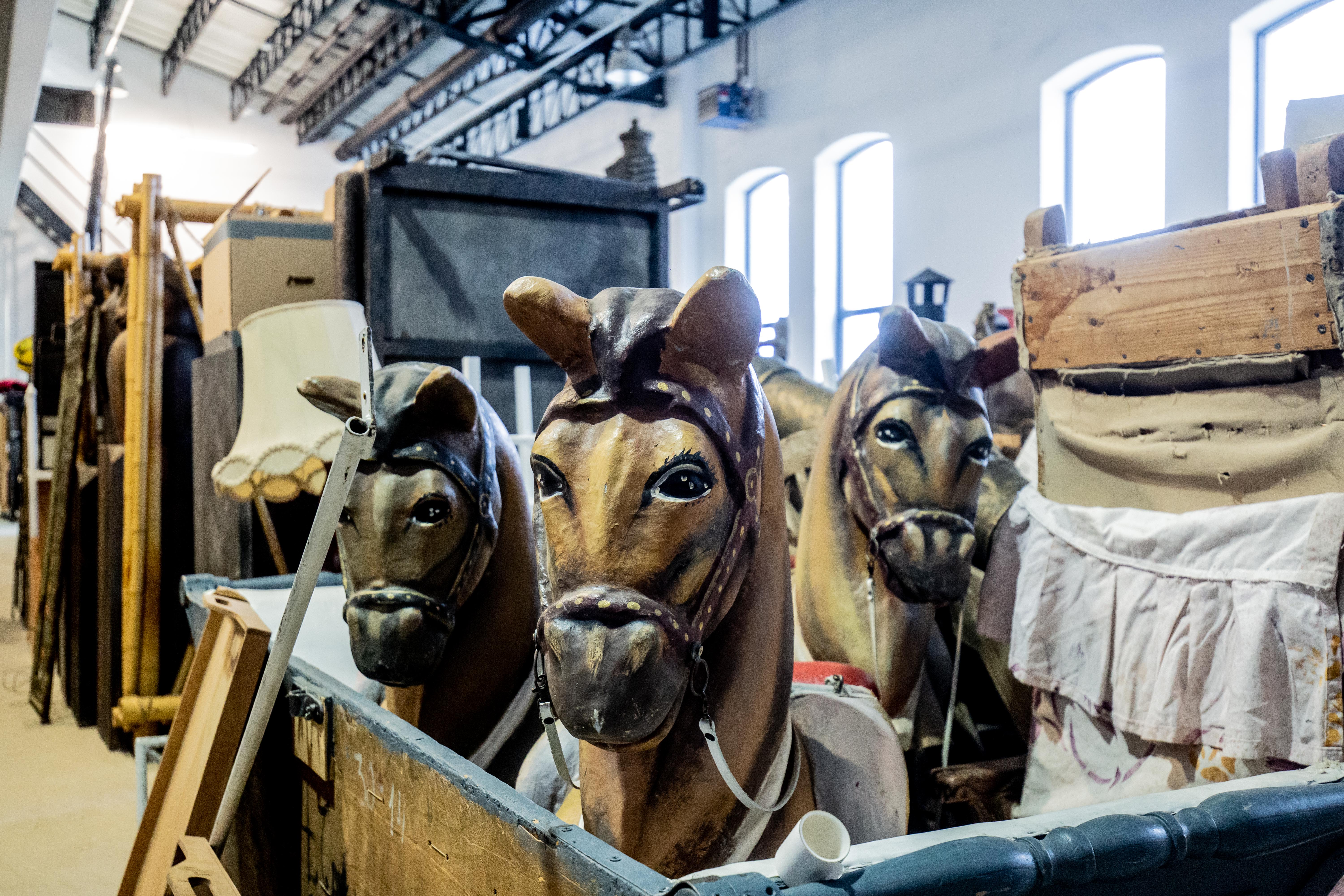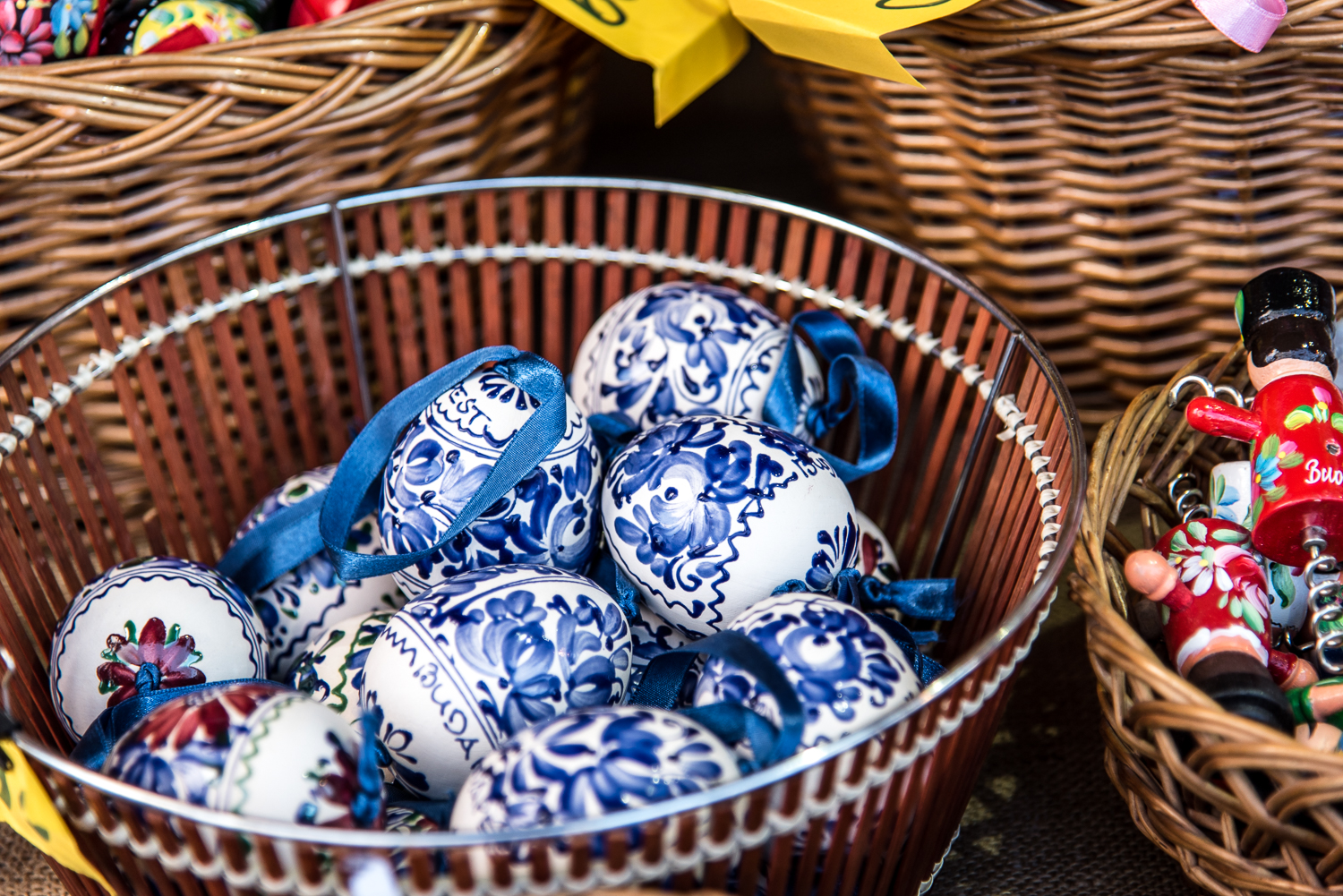In its previous guise, the MÁV Northern Vehicle Repair Centre on Kőbányai út was hardly inspiring, unless you happened to be a train enthusiast looking in on how Hungarian State Railways knocked their vehicles back into shape. Even the surroundings suited this steel structure of 22,000 square metres, rusting Kőbánya on the southern fringes of Pest.
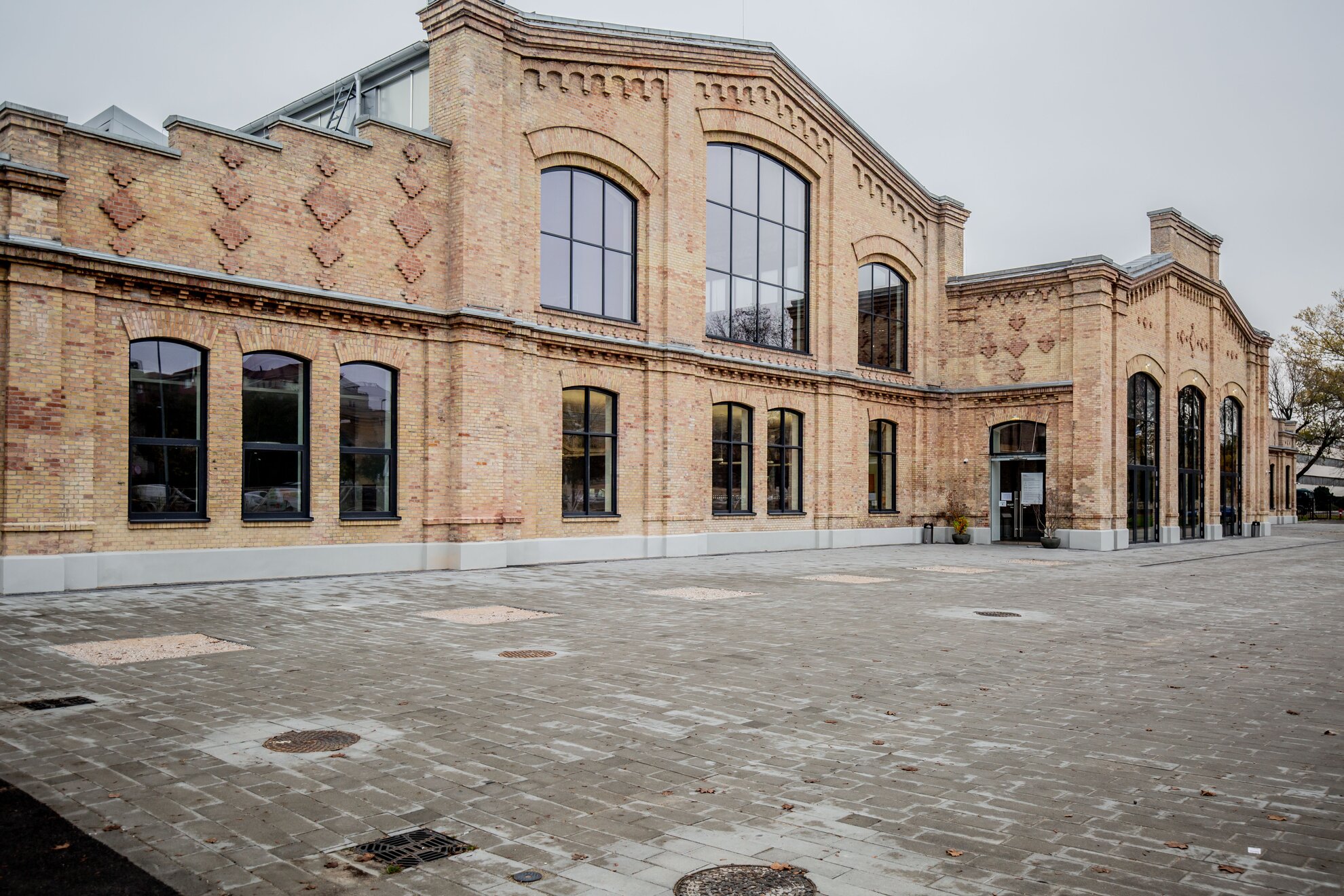
All that has changed since the Eiffel Hall was given to the Opera, with the new Transport Museum due to move in soon. This also helps transform the area, attracting the public for reasons of culture and entertainment.
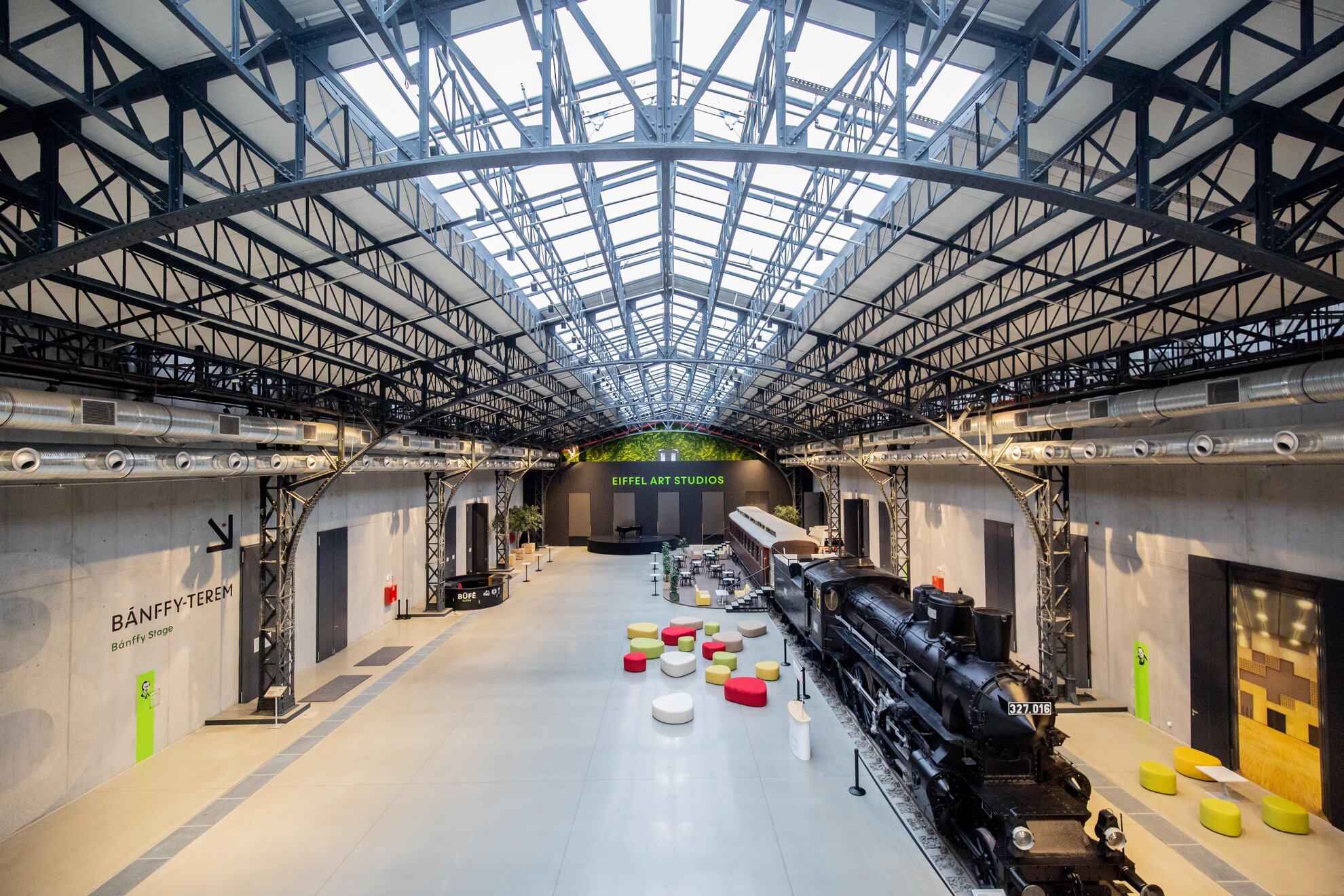
The first thing you see upon entering is not a chandelier or velvet curtains but a steam locomotive, echoing the building’s heritage. Yet even this has a certain class about it, with its elegant dining car attached, as if about to whisk well-heeled passengers off on the Orient Express.
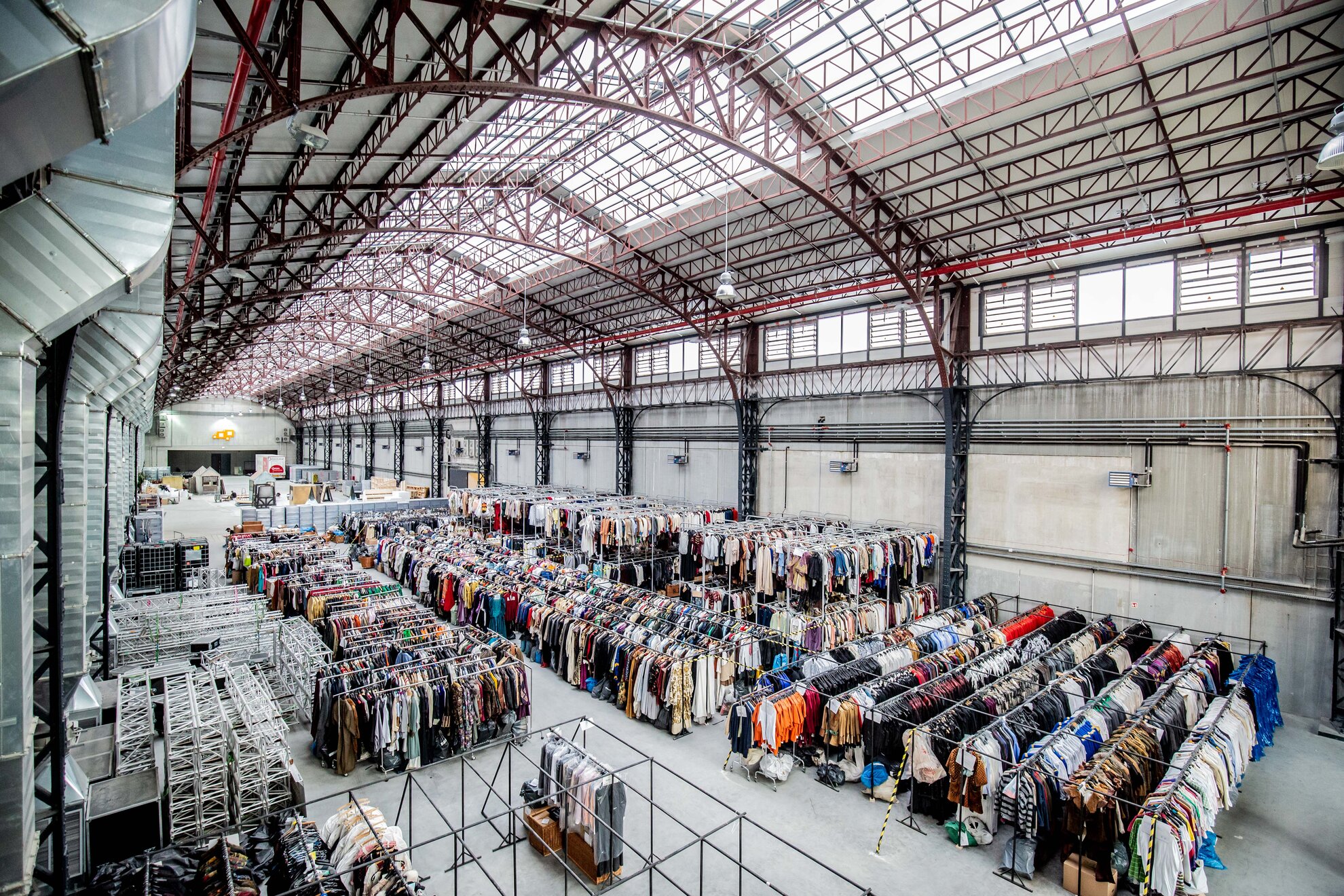
The building itself has its own features worth nothing. This 214-metre-long, 96-meter-wide, riveted steel structure is laid out almost basilica-style in five sections, an assembly hall designed by János Feketeházy, also responsible for Liberty Bridge.
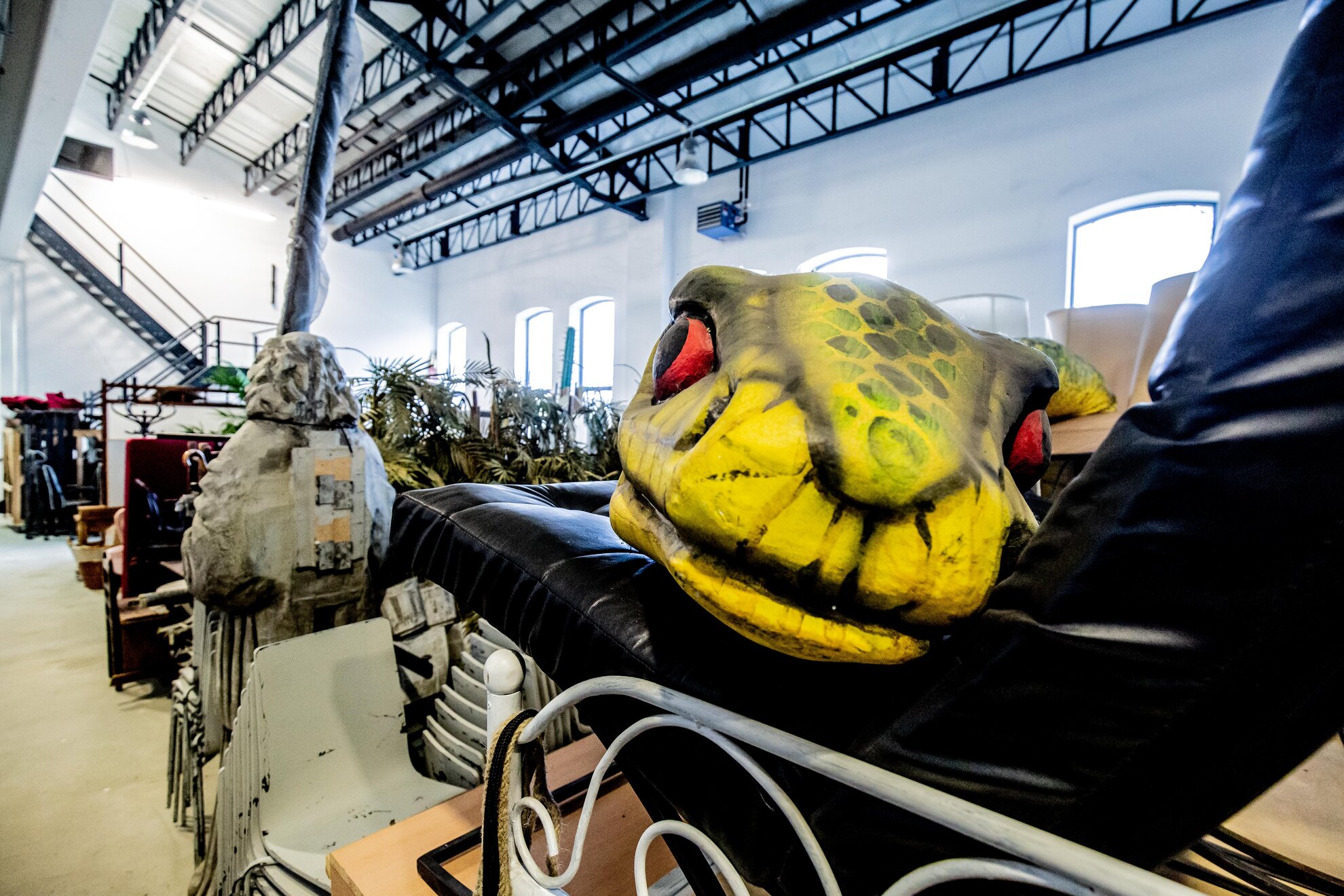
Contemporary architect Miklós Marosi of Középülettervező had to transform
this shrine to steam into a workshop and rehearsal centre for the Opera House
and partner venue, the Erkel Theatre.
Its primary function is to concentrate in
one place two workshops previously located alongside each cultural landmark,
neither with the ideal space, layout or conditions.
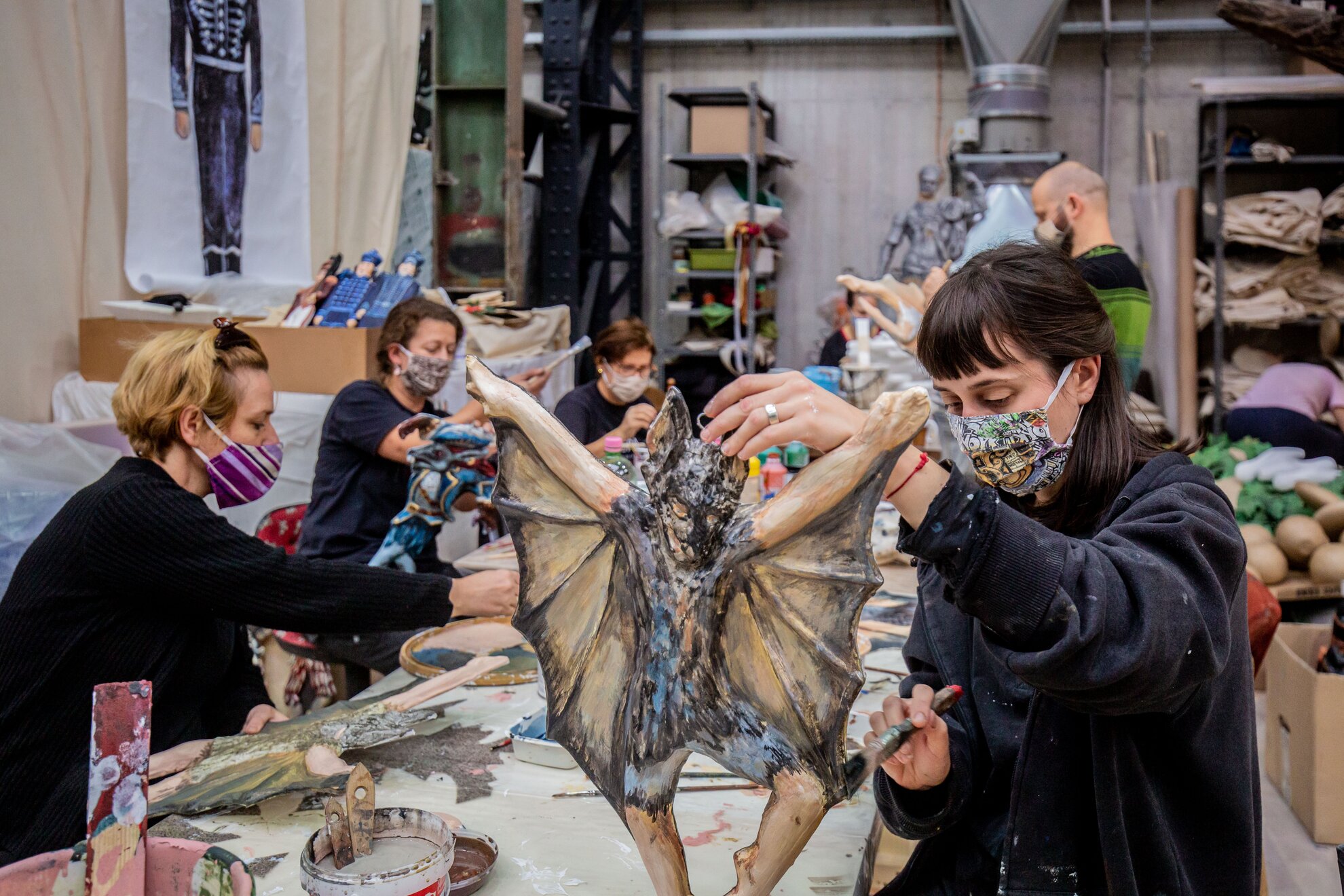
Nine workshops set up here in total, allowing for up to 3,500 costumes to be created in a single season. Scenery is another aspect, with the set for the ballet production The Flames of Paris being put together as we strolled around amid the small of paint and turpentine. Costume painter László Földvári was working from authentic documentation while talking about the secrets of cultural history.
Even a sea of costumes temporarily stationed in a giant warehouse or a props store make for a fascinating browse, as outsiders rarely get the chance to see how a stage performance is created.
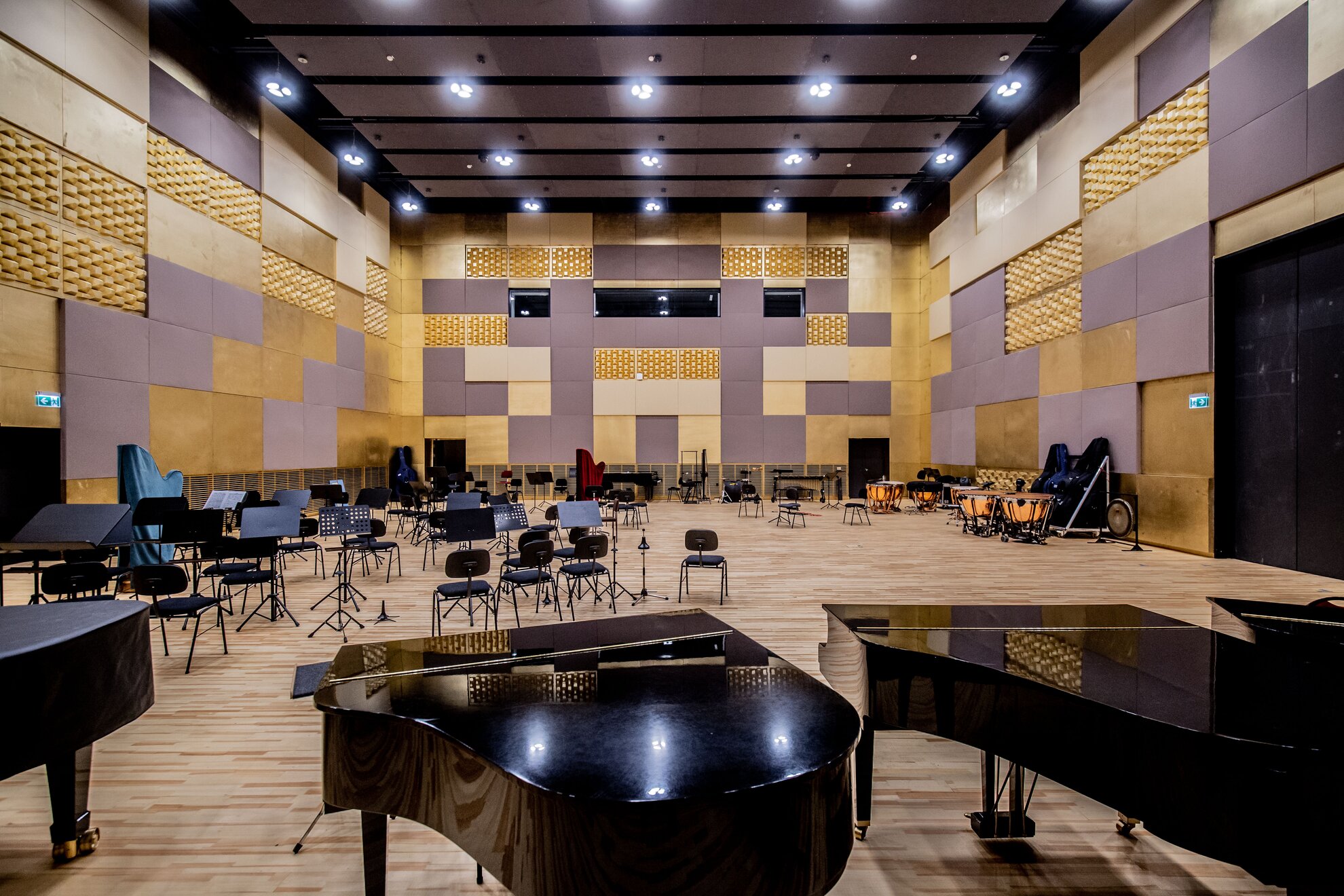
Speaking of stages, then the Miklós Bánffy Hall, named after a former
intendant of the Opera, is exactly the same dimensions as the one at the Opera
House. This allows rehearsals take place amid the exact setting of the show
being produced, while a viewing area can accommodate 600 spectators, doubling up
as the Opera’s chamber space.
While the repertoire of the historic venue on elegant
Andrássy út focuses mainly on the classics, here the Műhelyház can be a
playground for contemporary, experimental and genre-breaking works.
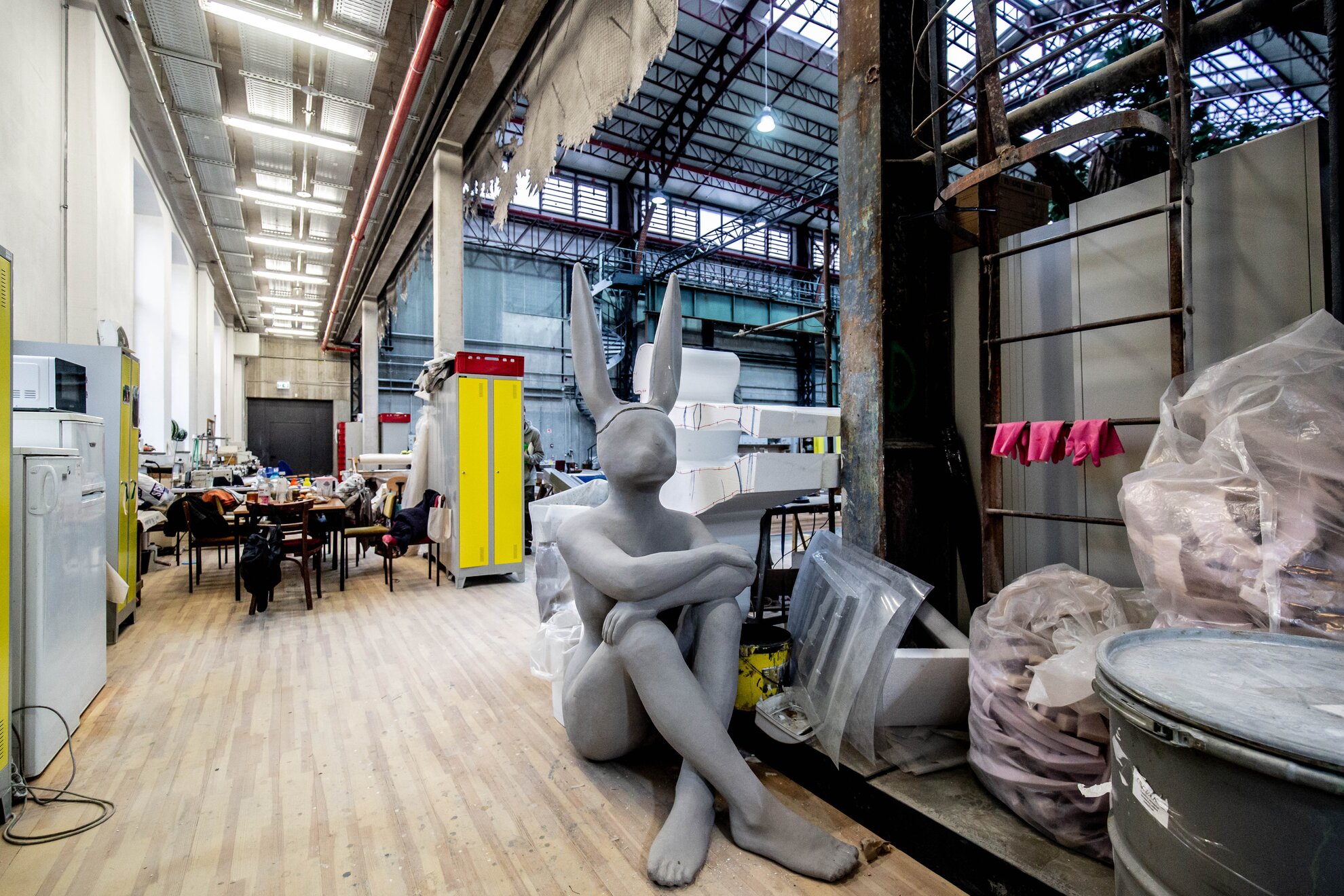
Once things clear after the epidemic, this contemporary cultural space
will not only be seen by those who buy tickets for performances, but by those
who drop into what is, in effect, a visitor centre.
Those journeying down to Kőbánya
can be taken on a guided tour, discovering the secrets of train repair as well
look in on costume or set designers at work, and performance rehearsals.
